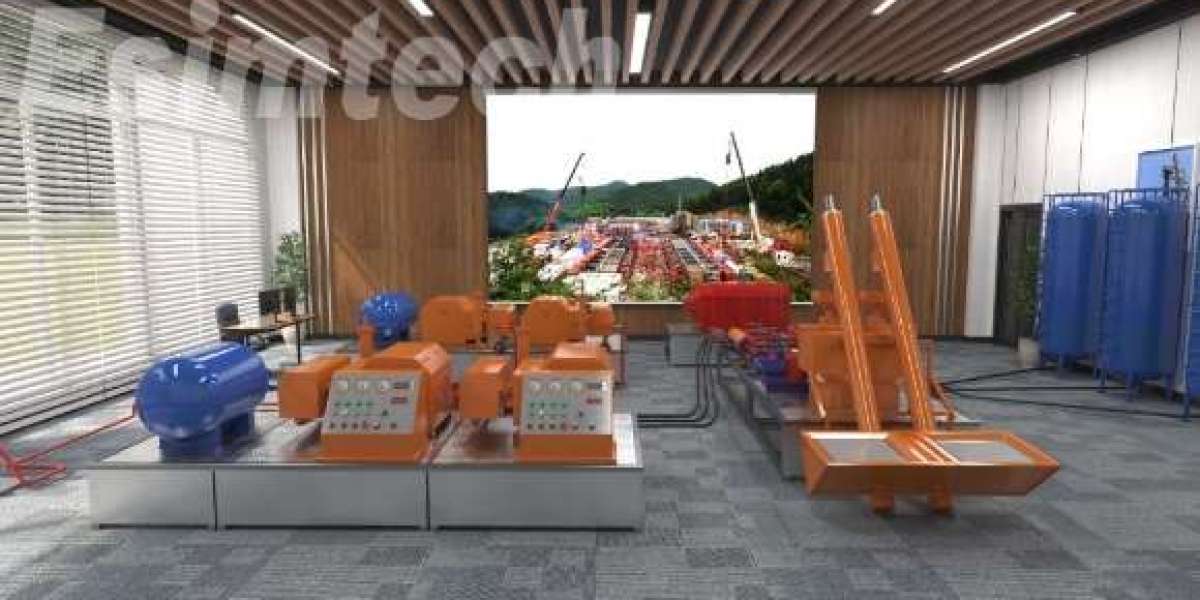The Importance of Accurate Rock Prope rties
Rock properties play a vital role in determining the effectiveness of fracturing and acidizing treatments. These properties include:
Porosity: The amount of void space in the rock, which affects fluid flow and the efficiency of acid treatments.
Permeability: The ability of the rock to transmit fluids, which influences the distribution of fracturing fluid and acid.
Mechanical properties: The strength and stiffness of the rock, which determine the extent of fracture propagation and the potential for wellbore stability issues.
Mineral composition: The type and abundance of minerals in the rock, which can affect fluid-rock interactions and the effectiveness of acid treatments.
The Challenges of Accurate Rock Property Measurement
Obtaining accurate rock property measurements can be challenging due to several factors:
Heterogeneity: Rock formations are often heterogeneous, meaning that their properties can vary significantly over short distances.
Depth: Obtaining samples from deep wellbores can be expensive and time-consuming.
Laboratory limitations: Laboratory measurements may not accurately represent in-situ conditions.
The Impact of Inaccurate Rock Properties on Simulation Results
Inaccurate rock properties can lead to significant errors in fracturing and acidizing simulations. These errors can result in:
Suboptimal treatment designs: If the rock properties are underestimated, the treatment may be underdesigned, leading to lower production rates.
Increased costs: Overdesigned treatments can lead to unnecessary expenses.
Wellbore stability issues: Inaccurate rock properties can lead to unexpected wellbore failures.
Advanced Techniques for Rock Property Characterization
To improve the accuracy of fracturing and acidizing simulations, researchers and engineers are developing advanced techniques for rock property characterization. These techniques include:
Logging tools: Downhole logging tools can provide real-time measurements of rock properties.
Core analysis: Laboratory analysis of rock cores can provide detailed information about rock properties.
Geophysical modeling: Geophysical modeling can be used to integrate data from various sources to create a more complete picture of the subsurface.
Machine learning: Machine learning algorithms can be used to analyze large datasets of rock property measurements and identify patterns and trends.
By incorporating these advanced techniques into their simulations, engineers can improve the accuracy of their predictions and optimize fracturing and acidizing operations.








